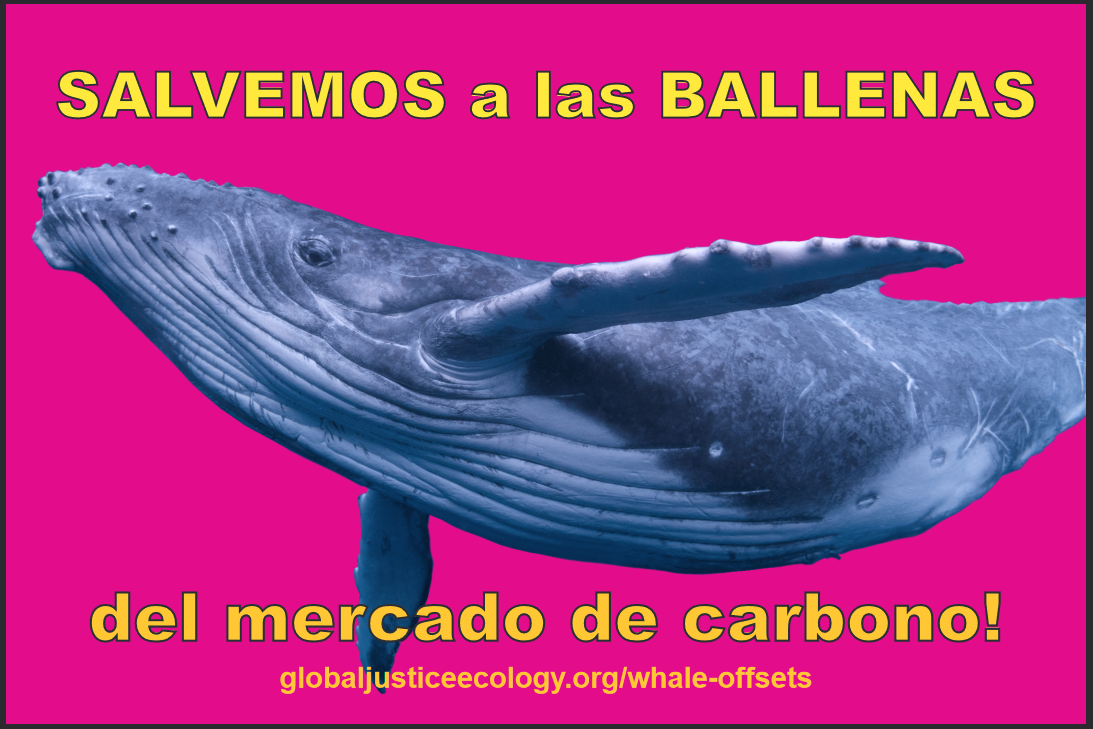Anonymous musician heads to the front lines. The majority of the front lines are personed by youth.
Santiago: where militancy, music and art meet.
Copy and all photographs by Orin Langelle

Santiago, Chile – Last night, 13 December, thousands of people took to the streets lengthening the almost daily protest to almost two months. Plaza de la Dignidad was filled and overflowing down side streets in what was reportedly one of the biggest turnouts to date in the mobilization. It appears unless the government backs down and organizes a constitutional assembly, the protests promise to keep going.
Tactic diversity, including property destruction, is an accepted part of the struggle, unlike in the U.S. where taking the streets without a permit is often frowned upon. Things are more real here, people do not have the false expectation that there is a future under capitalism or that the young generation will survive the climate catastrophe certain under business as usual.

In Chile and elsewhere in Latin America the Catholic Church for the most part, except under Liberation Theology, has sided with the wealthy colonizers that have taken away land from the Indigenous Peoples and profited handsomely.



The hotel boasts, “Everything revolves around business, almost. At Crowne Plaza® Hotels & Resorts, life does not stop when business starts. We want you to enjoy everything: increase your productivity, recharge and feel inspired to minimize your downtime and improve your performance. Sometimes, a mojito is as important as a meeting.” But in Santiago people feel a molotov cocktail (or brick) is what is needed to improve the performance of the protests. Santiago’s Crowne Plaza is shut. The tourist industry in Chile has taken a beating due to the uprising.




How the government plans in the future to deal with the uprising is unclear except for the ongoing violence used against the people. So far they have used rape, murder, torture, shotgun blasts to the face with rubber coated plastic pellets that taken upwards of 350+ eyes, tear gas and water cannons.
_____________________________________________
In Chile where COP25 was cancelled due to the people’s rebellion, and where so many have lost their eyes, here is what we think the logo of COP25 should really look like:

The symbol of the bleeding eye is omnipresent in street art and graffiti throughout Chile

PLEASE FOLLOW GLOBAL JUSTICE ECOLOGY PROJECT & THE BIOFUELWATCH TEAM IN CHILE:
CHILE
CLIMATE NEWS



